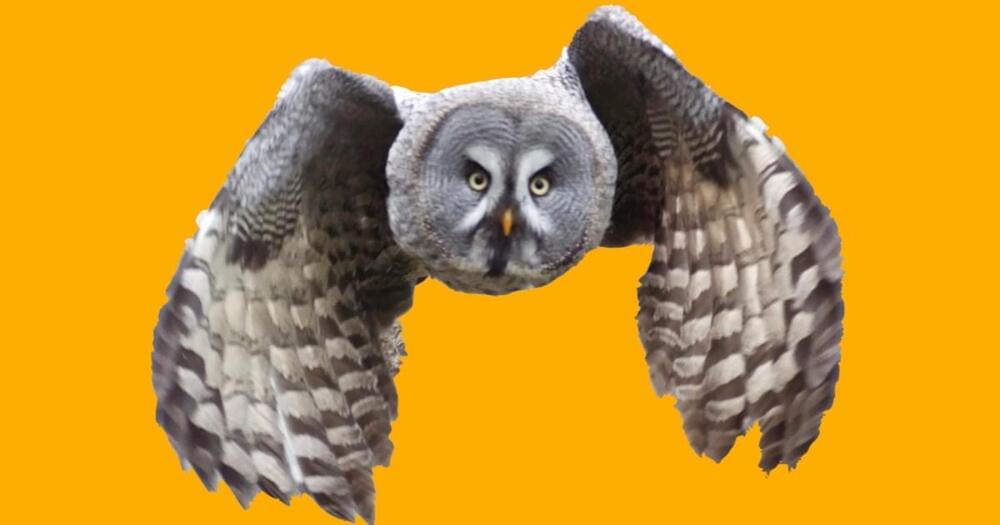This was a surprise. Animals have brain maps for vision and touch, but these are built from visual images and touch receptors that map onto the brain through direct point‑to‑point projections. With ears, it’s entirely different. The brain compares information received from each ear about the timing and intensity of a sound and then translates the differences into a unified perception of a single sound issuing from a specific region of space. The resulting auditory map allows owls to “see” the world in two dimensions with their ears.
This proved to be a big leap toward understanding how the brain of any animal, including humans, learns to grasp its environment through sound. Think of it. Standing in a forest, you hear the crack of a falling branch or the rustle of a deer’s step in the dry leaves. Your brain calculates the time and intensity of sound to determine where it’s coming from. Owls do this task with incredible speed and accuracy. Each cochlea in the owl provides the brain with the precise timing of the sound reaching that ear within 20 microseconds. This determines how accurately the brain can calculate the interaural time difference, which in turn determines the accuracy of the localization of a sound in the azimuth. “The precision in microseconds provided by the owl cochlea is better than in any other animal that has been tested,” says Köppl. “We have big heads, so the interaural time differences are larger, making the task for cochlea and brain easier. In a nutshell, it is the combination of a small head and very precise localization that makes the owl unique.”
And here’s a finding to drop the jaw. José Luis Peña, a neuroscientist at the Albert Einstein College of Medicine, and his collaborators have discovered that the sound localization system in a barn owl’s brain performs sophisticated mathematical computations to execute this pinpointing of prey. The space‑specific neurons in the owl’s specialized auditory brain do advanced math when they transmit their information, not just adding and multiplying incoming signals but averaging them and using a statistical method called “Bayesian inference,” which involves updating as more information becomes available.
